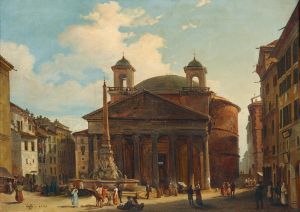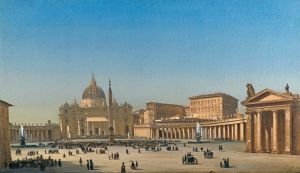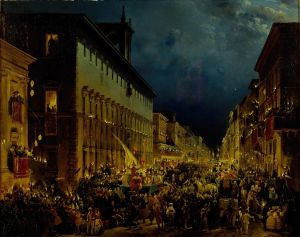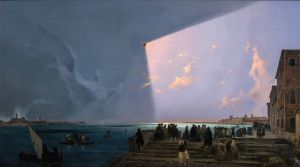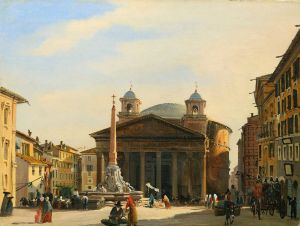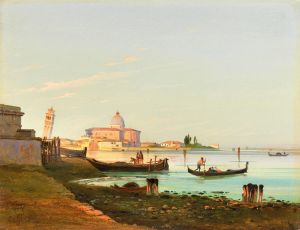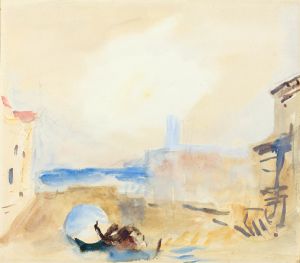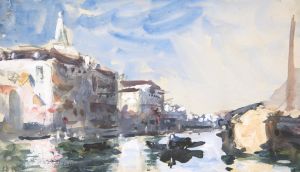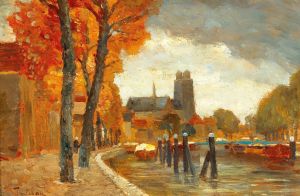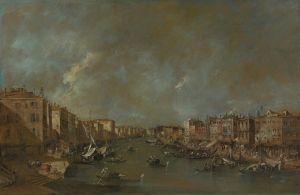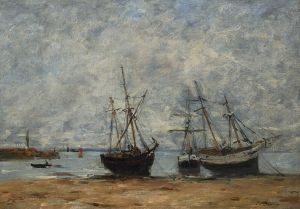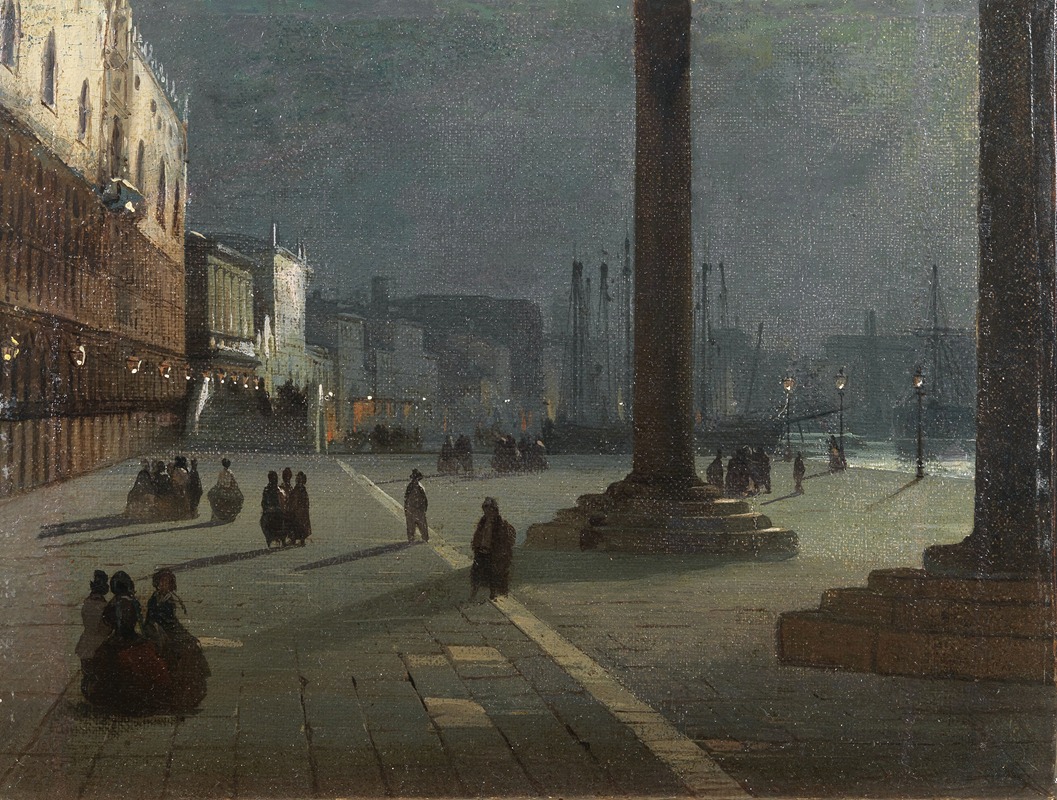
Venezia Molo di San Marco
A hand-painted replica of Ippolito Caffi’s masterpiece Venezia Molo di San Marco, meticulously crafted by professional artists to capture the true essence of the original. Each piece is created with museum-quality canvas and rare mineral pigments, carefully painted by experienced artists with delicate brushstrokes and rich, layered colors to perfectly recreate the texture of the original artwork. Unlike machine-printed reproductions, this hand-painted version brings the painting to life, infused with the artist’s emotions and skill in every stroke. Whether for personal collection or home decoration, it instantly elevates the artistic atmosphere of any space.
Ippolito Caffi was an Italian painter known for his vivid and atmospheric depictions of urban landscapes and historical scenes. One of his notable works is "Venezia Molo di San Marco," which captures the bustling life and architectural grandeur of Venice, specifically the area around the Molo di San Marco. This painting is an exemplary piece that showcases Caffi's skill in rendering light and shadow, as well as his keen eye for detail.
Born in Belluno in 1809, Caffi studied at the Academy of Fine Arts in Venice, where he developed his distinctive style that combined elements of Romanticism and Realism. His works often focused on capturing the essence of a scene, emphasizing the interplay of light and atmosphere. Caffi's paintings are celebrated for their dynamic compositions and the way they convey the vibrancy of the locations he depicted.
"Venezia Molo di San Marco" is a testament to Caffi's fascination with Venice, a city that inspired many of his works. The Molo di San Marco, located near the entrance to the Grand Canal, is a significant site in Venice, known for its proximity to iconic landmarks such as the Doge's Palace and St. Mark's Basilica. In this painting, Caffi captures the lively activity of the area, with figures bustling about, boats navigating the waters, and the architectural splendor of the surrounding buildings.
Caffi's use of light in "Venezia Molo di San Marco" is particularly noteworthy. He expertly captures the shimmering reflections on the water and the play of sunlight on the stone facades, creating a sense of movement and life. This attention to light and atmosphere is a hallmark of Caffi's work, demonstrating his ability to convey the mood and energy of a scene.
Throughout his career, Caffi traveled extensively, drawing inspiration from various cities across Europe and the Middle East. However, Venice remained a recurring subject in his oeuvre, reflecting his deep connection to the city. His paintings of Venice, including "Venezia Molo di San Marco," are celebrated for their ability to transport viewers to the heart of the city, offering a glimpse into its vibrant life and timeless beauty.
Caffi's work was well-received during his lifetime, and he exhibited in various prestigious venues, including the Brera Academy in Milan and the Paris Salon. Despite facing challenges, such as the political upheavals of his time, Caffi remained dedicated to his art, continually refining his technique and exploring new subjects.
Tragically, Ippolito Caffi's life was cut short when he died in 1866 during the Battle of Lissa, a naval engagement in the Third Italian War of Independence. Despite his untimely death, Caffi left behind a rich legacy of paintings that continue to be admired for their technical skill and evocative portrayal of 19th-century life.
Today, "Venezia Molo di San Marco" and other works by Caffi can be found in various museums and private collections, where they continue to captivate audiences with their beauty and historical significance. Caffi's ability to capture the spirit of Venice and other locales ensures that his work remains an important part of the artistic heritage of the 19th century.






